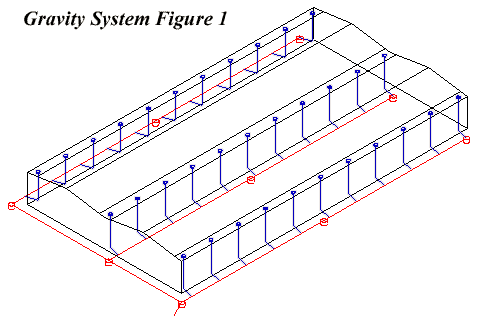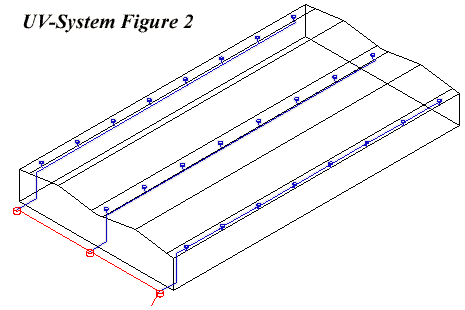
TECHNICAL
The design process for siphonic roof drainage system is relatively straightforward with the right tools and design assumptions. Unlike a conventional roof drainage system which is defined only by pipe slope and size, it is necessary to develop a hydraulic model of the entire siphonic system.
DESIGN ASSUMPTIONS
The designer must analyze the total energy (or head) available at each drain and ensure that the energy (or head) loss between each drain and the end of the system is less than, but close to, the total energy available. The difference between total energy and energy losses is called residual head. The difference between the minimum and maximum residual head on given system is called system imbalance.
In addition to ensuring there is enough energy to develop a given flow rate, the designer also must check a number of other things, including that velocities are sufficiently high to develop self-cleansing forces, that pressures are not so low that cavitation will occur, and that the design assumptions in the hydraulic model match what will actually occur.
When siphonic systems are designed with too much residual head, they are less likely to develop full bore flow conditions (full capacity) and self-cleansing. When imbalances are too high, drains with too much residual head will have too much capacity, disrupting the formation of full-bore flow conditions and potentially reducing the rate of drainage below what is required.
SOFTWARE
Designers begin by evaluating all of the information that goes in to develop a hydraulic model. This often overlooked step is AS IMPORTANT as actually constructing the model within the software. This includes evaluating rainfall rates (usually driven by the code), catchment areas, and anything that might drive variations in flow rates between drains including rain shadowing and flow between drains or lack thereof in the case of secondary drainage
The hydraulic model used in the design requires that all lengths of pipe and any fittings are modeled correctly and at the right location. Designers model the pipe system in UV-System’s easy-to-use software, UV-Calc, in order to evaluate the pressures, velocities, and flow rates at any point within the system.




